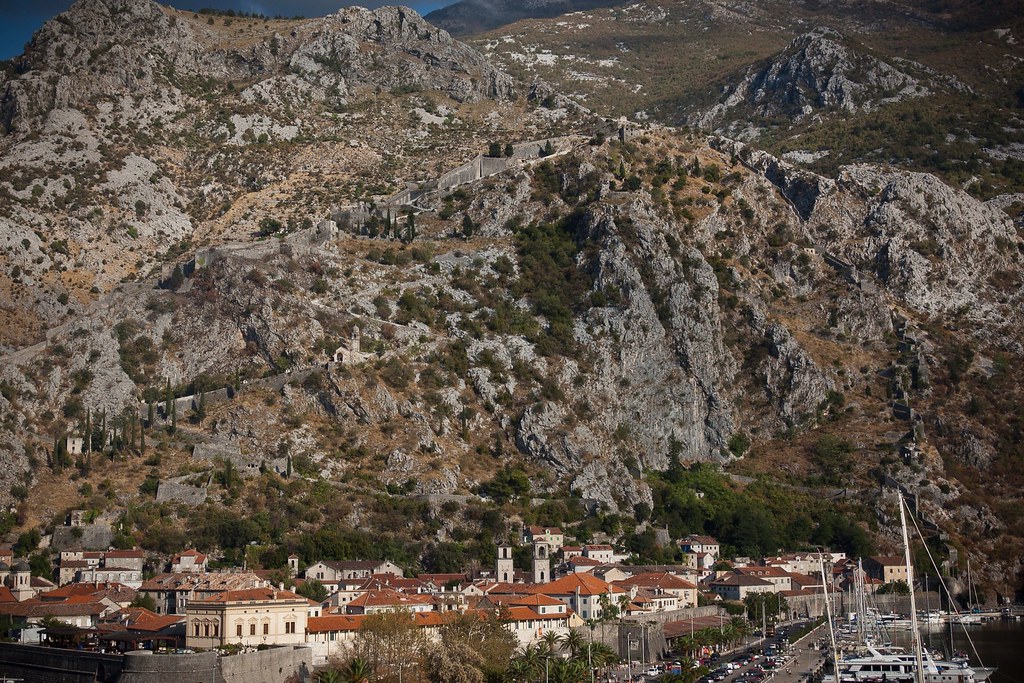
Above: The city of Kotor with the imposing wall stretching around and up the mountain.
Kotor is a coastal city in Montenegro, located in a secluded part of the Gulf of Kotor. The old Mediterranean port is surrounded by impressive city walls which stretch up 3 miles above the city and were built by the Republic of Venice. Indeed, the Venetian influence remains predominant in the city's architecture.

Above: The city walls!
Kotor, first mentioned in 168 BC, was settled during Ancient Roman times, when it was known as Acruvium and was part of the Roman province of Dalmatia. The area has one of the best preserved medieval old towns in the Adriatic and is a UNESCO world heritage site.
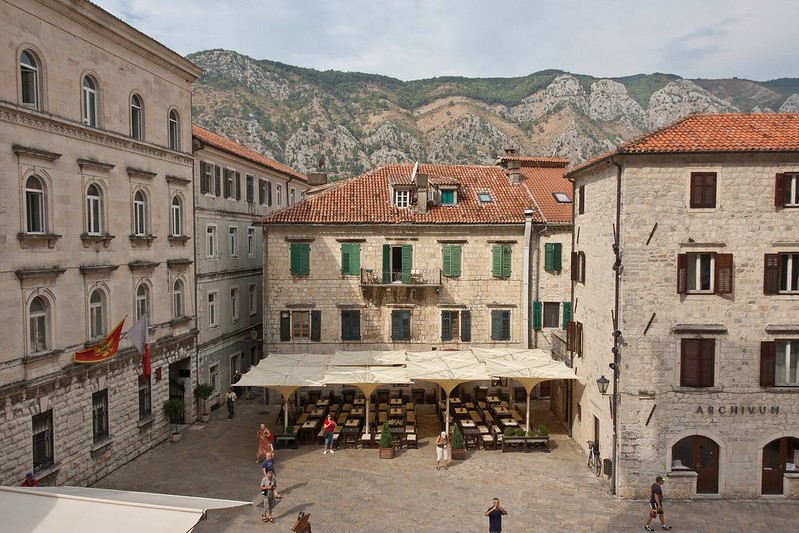
Above: A town square, viewed from the Cathedral of Saint Tryphon, built in 1166.
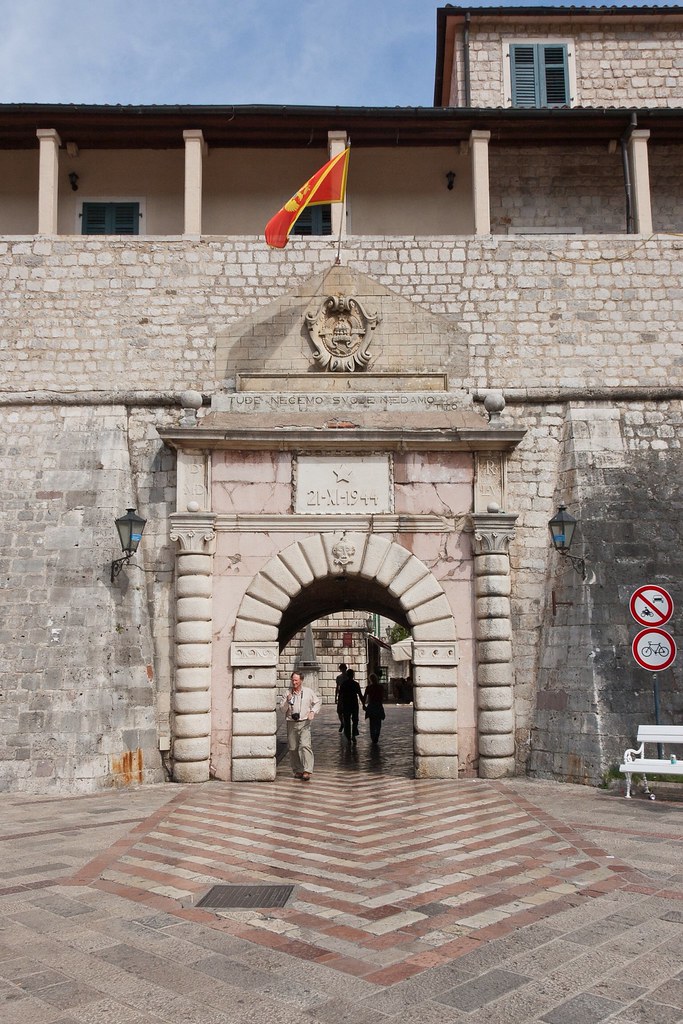
Above: The main city gate, a 30 second walk from our ship!
In recent years, Kotor has seen a steady increase in tourists, many of them coming by cruise ship. Visitors are attracted both by the natural beauty of the Gulf of Kotor and by the old town of Kotor.
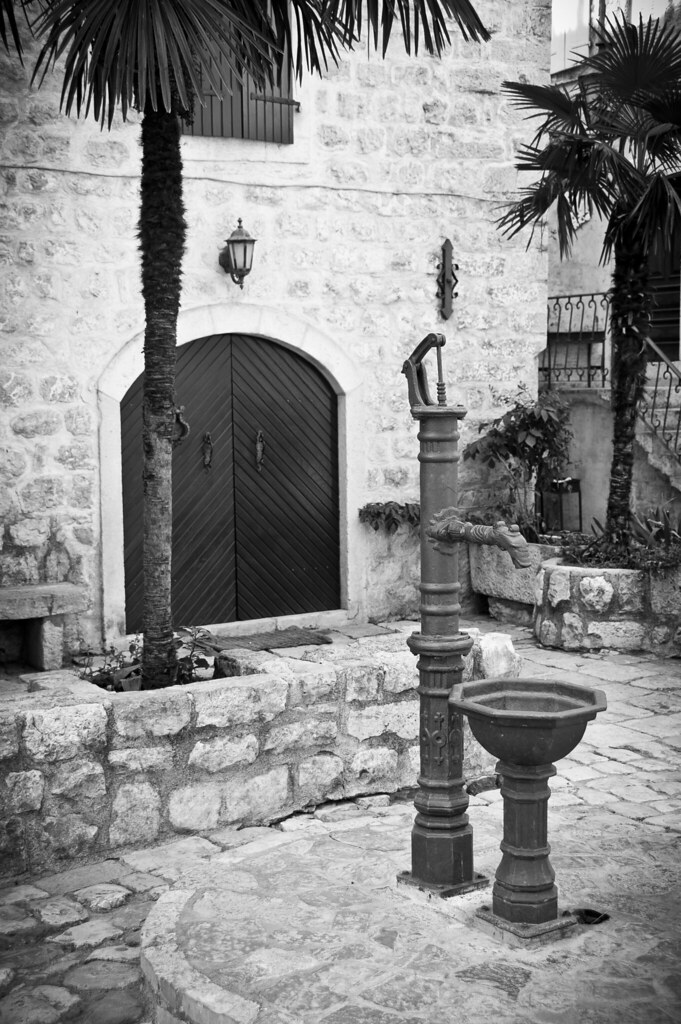
Above: A traditional water pump in one of the town's back streets.
During my one-time visit, I saw the old town and climbed the city walls! It was a very hot day and the walls have not received much TLC in their history; the steps were crumbling away and there are no hand rails!
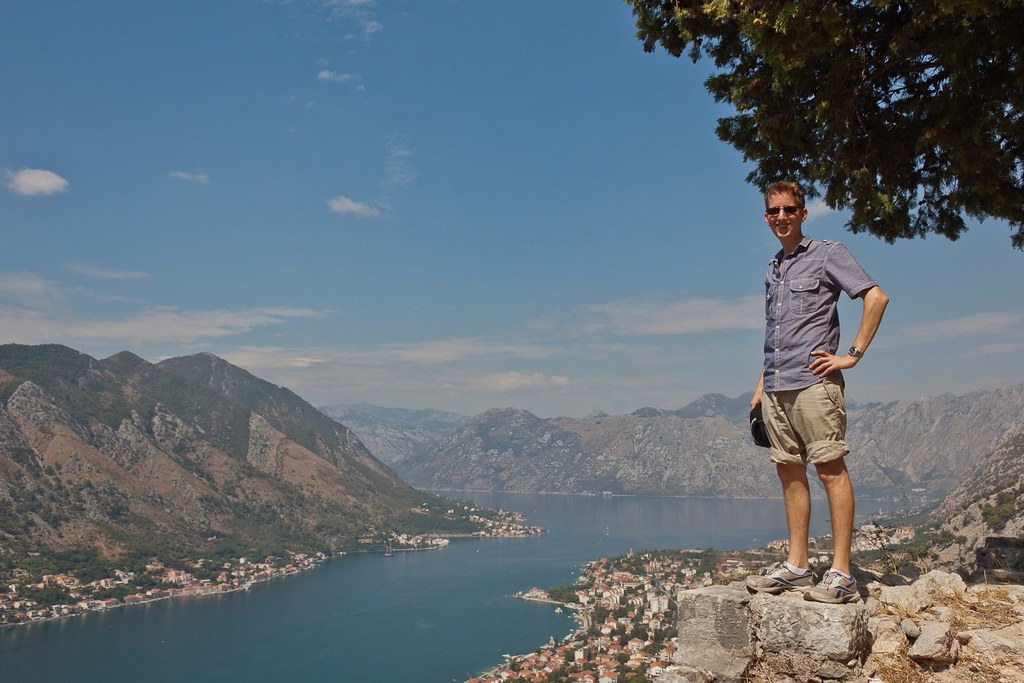
Above: Posing half-way up the city walls.
There are more recent artillery outposts and bunkers positioned around the wall and at the top of the climb - a reminder of Montenegro's more recent history.
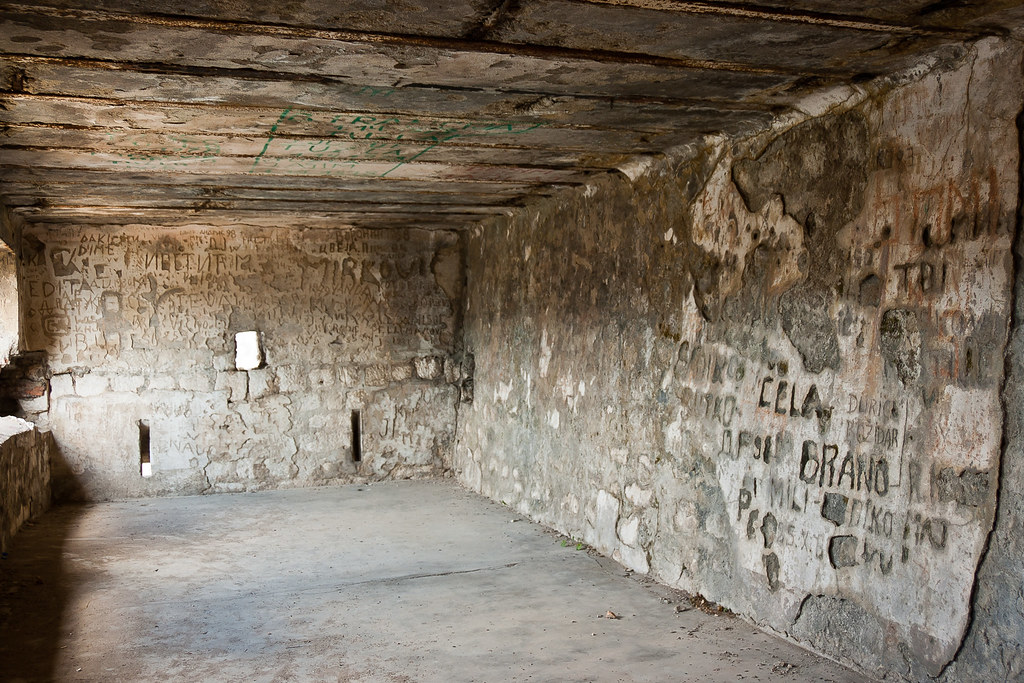
Above: Military bunker at the summit of the city walls.
After the so called 'people's revolution' in Montenegro in 1988/89 the young socialists came to power. Under their rule Yugoslavia was torn apart in a bloody war. Since the proclamation of Montenegrin independence, all the financial and cultural establishments were drawn to the city of Podgorica (now the capital of Montenegro) resulting in the steady decline of Kotor.
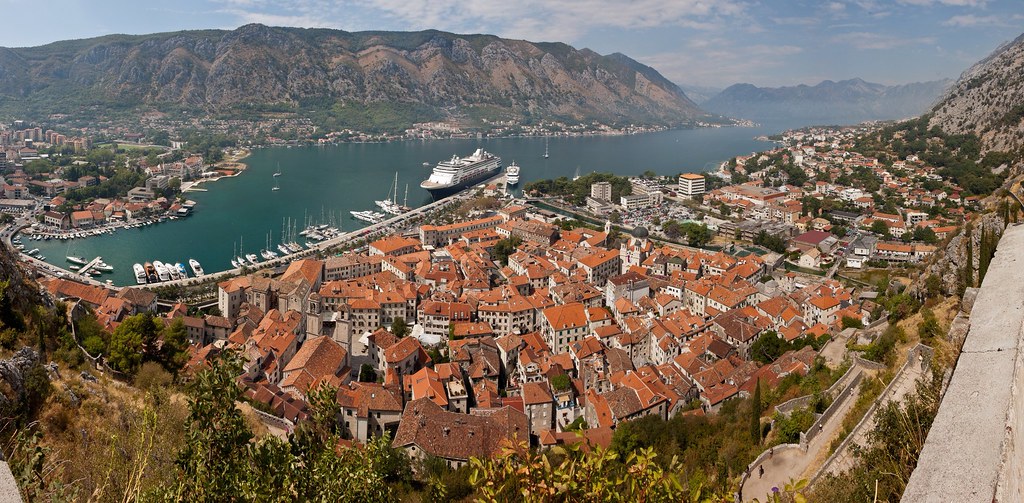
Above: The view of the old town from the steep city walls.
Once I had reached the top of the city walls (which took less time than you might imagine), I explored the ruins and curious mix of architecture at the site. The walls are built onto a tall hill which then drops down to a small valley behind the hill before rising up to a huge mountain range.

Above: The Montenegrin flag through the window of an old ruin.
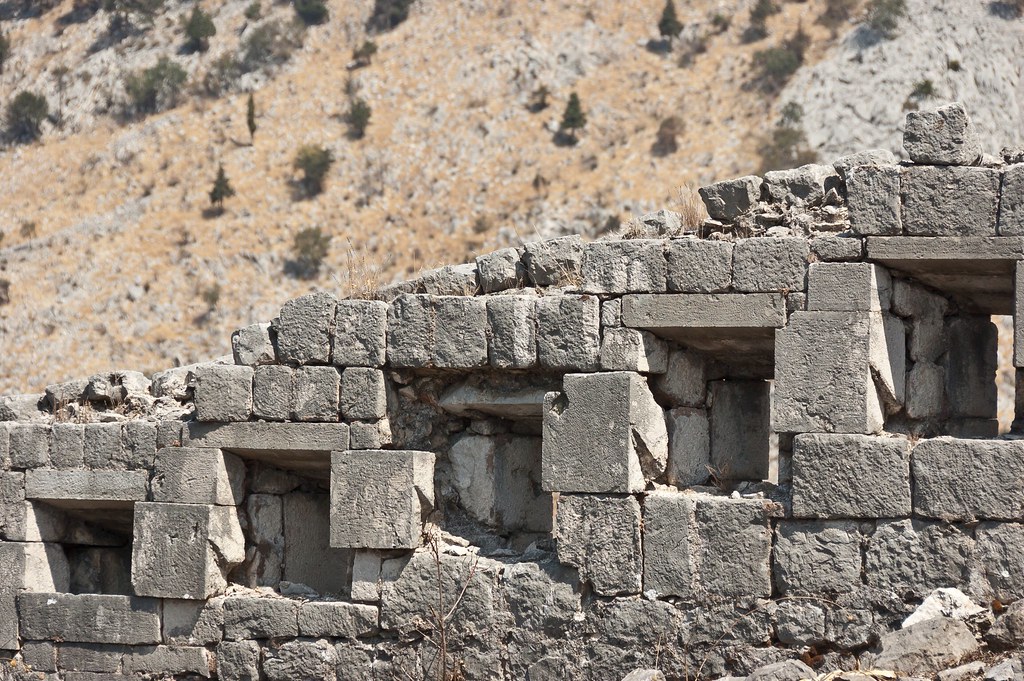
Above: Part of the city wall.
The Bay of Kotor is one of the most indented parts of the Adriatic Sea. Some have called it the southern-most fjord in Europe, but it is a ria, a submerged river canyon. Together with the nearly overhanging limestone cliffs of Orjen and Lovćen, Kotor and its surrounding area form an impressive and picturesque Mediterranean landscape.
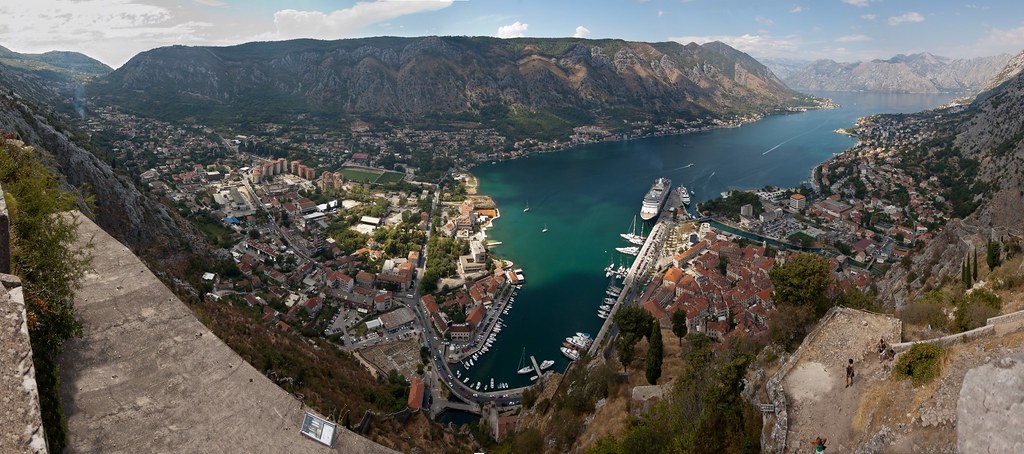
Above: The view from the top of the city walls.
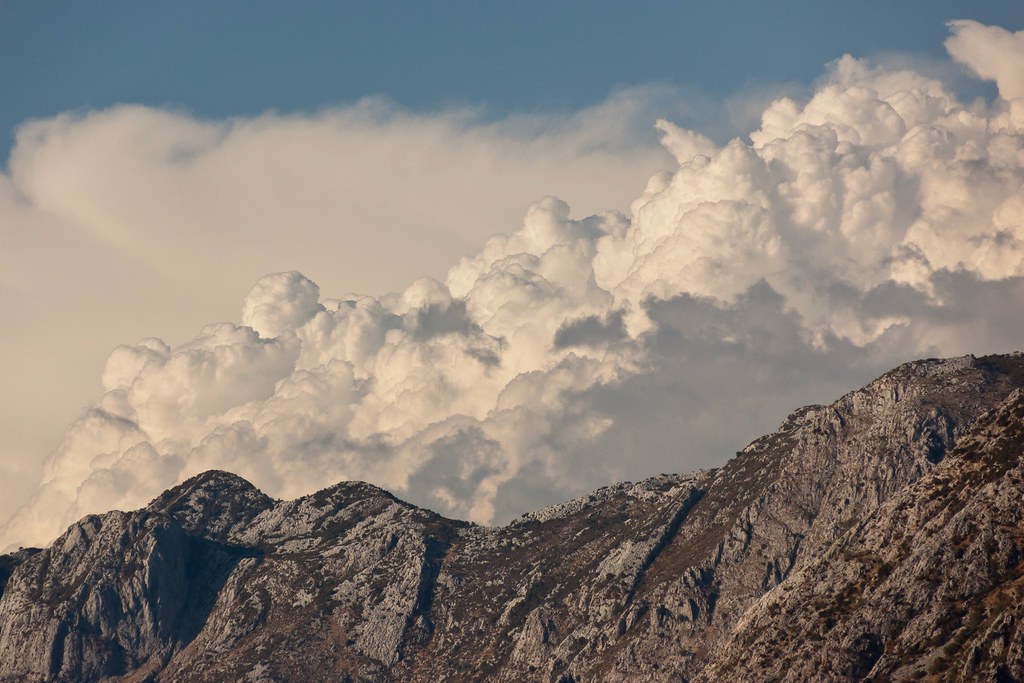
Above: Mountains rise up on either side of the bay.
As we sailed away from the town and out of the Bay of Kotor, we passed two small islands, St. George island and Gospa od Škrpjela (Our Lady of the Rock), each with a picturesque chapel. Gospa od Škrpjela is particularly interesting as it is the only artificially built island in the Adriatic; it was built upon a rock after two Venetian sailors from Perast found a picture of the Virgin Mary on it in 1452.
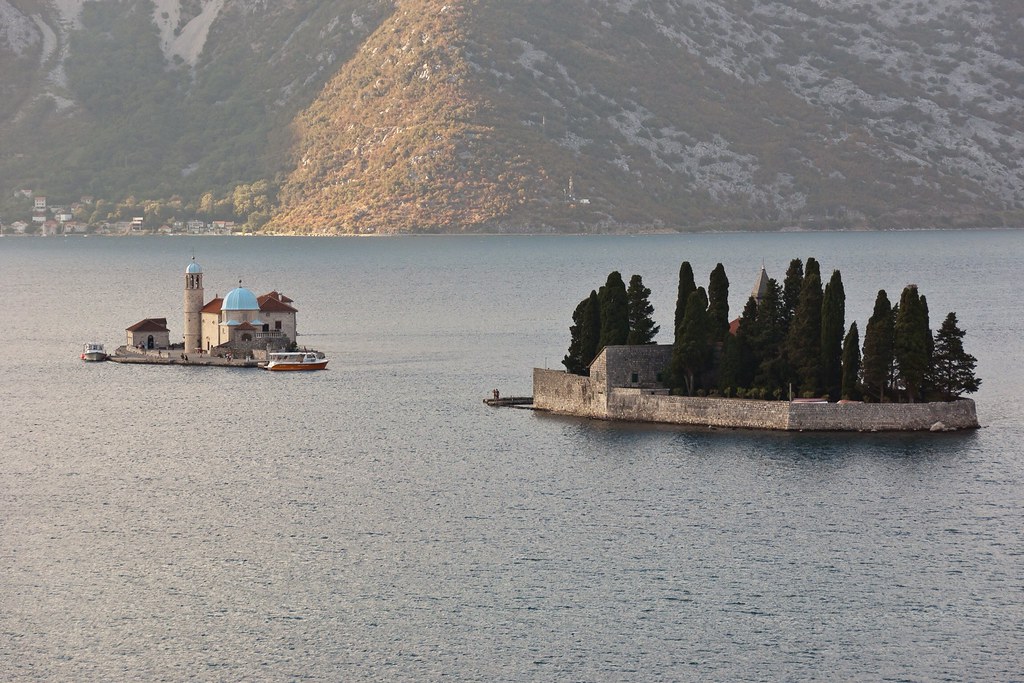
Above: Gospa od Škrpjela, the artificial island is in the background with St. George island in the foreground.
I hope you enjoyed this brief look at Kotor. The town is amazing, and along with its close neighbour, Dubrovnik in Croatia, this is part of the world to which I would like to return!

No comments:
Post a Comment